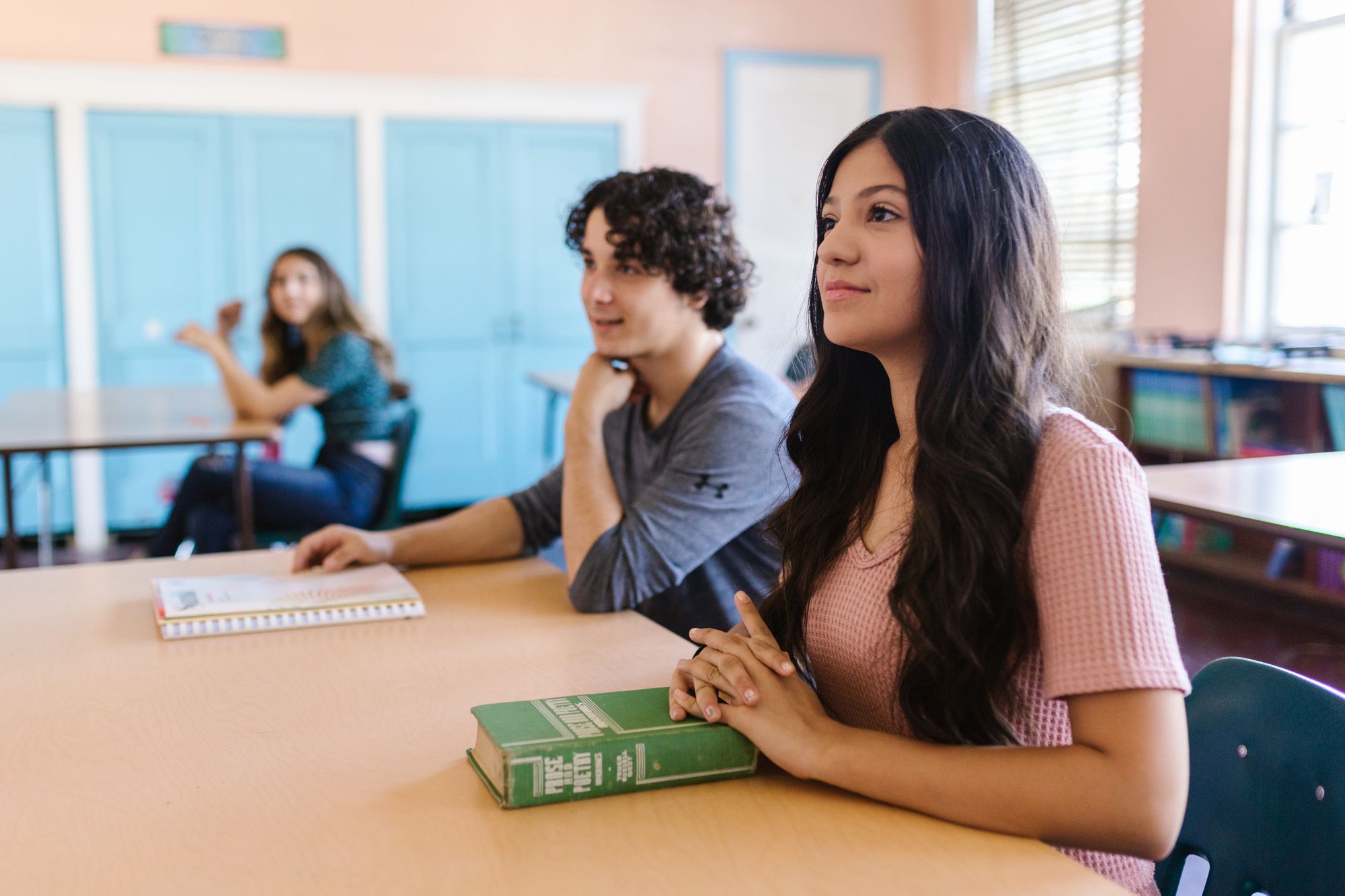May is National Foster Care Month. It’s an appropriate time for policymakers to focus overdue attention on the most at-risk children in society.
One area that deserves specific attention is how foster children are faring in K-12 education. According to U.S. Department of Education (ED) data, foster children are struggling to graduate from high school on time. In nine states, fewer than half of foster children graduated within four years.
At the other end of the spectrum, Montana had the highest graduation rate among foster children at 71 percent. As of 2020, the average four-year graduation rate was 86.5 percent for all U.S. students and 81 percent among economically disadvantaged children. ED did not publish a graduation rate for foster children for ten states.
Recent improvements for students in foster care
American foster children’s struggles in K-12 education are not new. Foster children often must overcome many challenges to succeed in school, including the circumstances that led to their placement in care, instability and school transfers, and a lack of specialized services for their needs. These struggles lead to many foster children succumbing to poor life outcomes in adulthood.
Since 2002, Congress has provided through the Chafee program to fund education and job training vouchers for foster children and former foster youth who were 14 or older. The program receives $143 million in annual funding.
In 2007, I testified before a House Ways and Means Subcommittee on the issue. I recommended that federal and state policymakers provide foster children with the option of attending a school that would allow them to remain connected to their school and peer groups or, if they choose, to attend a school that offered a better education than they were receiving.
In 2008, Congress passed the “Fostering Connections to Success and Increasing Adoptions Act,” which included a section on “education stability” that amended the Social Security Act to consider education factors like school proximity when children were being placed. The Every Student Succeeds Act of 2015 also included provisions focused on assisting foster children. For example, state education agencies were required to take steps to improve stability for foster children, such as by paying transportation costs to their school of origin after a placement.
States and education leaders have also implemented programs to provide foster children with better options. For example, Arizona, Florida, and Ohio have established education choice programs aimed to benefit foster children. In New York, an innovative charter school, Mott Haven Academy, is focused on serving homeless and foster children and reporting positive results.
More oversight and student support
But the high school graduation data suggest there is much more to be done to ensure that foster children receive a high-quality K-12 education and the support that they need.
For its part, Congress should conduct oversight of the condition of foster children in American education and consider options for reform. Expanding the Chafee program to provide education and training vouchers to younger children in foster care is one option. For example, Congress could authorize additional funding and lower the eligibility age for children in elementary and middle school. Another avenue for change could direct some funds provided by ED’s charter school program to open or expand charter schools that focus on serving foster children.
State policymakers should similarly study how foster children are faring in their public school systems and develop interventions aimed at helping them succeed. In January, South Dakota governor Kristi Noem proposed a new state program to help foster children called the “Stronger Families Scholarship” proposal:
Any child in the foster care system will have the opportunity to receive up to $4,000 in a scholarship to help them achieve their full potential, from kindergarten through 12th grade. This money can be used to pay tuition at a private school, pay for tutoring or teaching services, purchase curriculum, pay for standardized tests or AP exams, and more.
Providing $4,000 in extra assistance for tutoring, school tuition, summer school, and other outside-of-school learning options would give foster children a better chance to succeed. Although the bill was defeated in committee, it provides an example of the kind of policy innovations that other states could consider.
Foster children are among the most at-risk youth in our society. Given their placement in state care, policymakers have a direct responsibility to ensure that they receive a high-quality education and the best possible chance at success. Federal and state reforms to provide foster children with more support inside and outside of school can help ensure that more graduate high school and prosper.

